Do you know that some of the customs you perform so religiously are actually ancient Pagan practices? Don’t believe it? Read on!
In the vast tapestry of human history, our cultural practices are woven with threads that reach back into the annals of time.
Many of our daily rituals and traditions have roots in ancient civilizations, and some trace their origins to Pagan customs that have endured through centuries, often without our awareness.
But, before we delve into what are some Pagan traditions that we are still following, let’s clear the air on what is Paganism.
Is it not a devil-worshipping and human-sacrificing cult, as portrayed in some popular horror movies? No, it is not!
So, What Is Paganism?
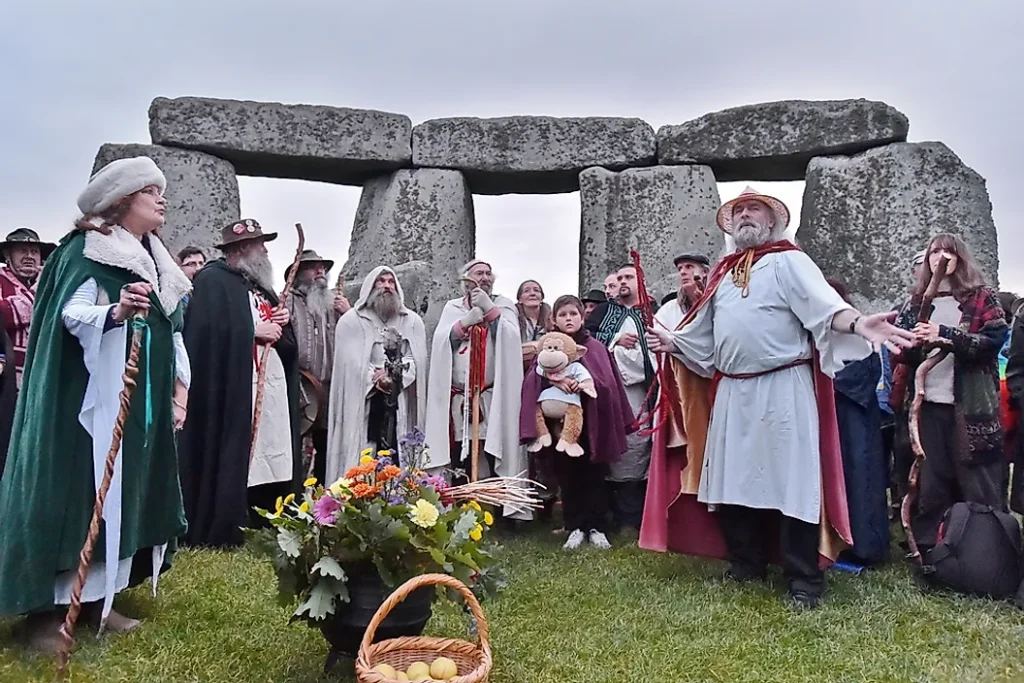
Paganism is a diverse umbrella term encompassing a range of spiritual and religious beliefs that typically fall outside of the major world religions.
Rooted in ancient traditions and nature-centered practices, Paganism often involves reverence for the Earth, the cycles of nature, and various deities.
While it lacks a singular, organized structure, Pagan belief systems can include Witchcraft, Druidism, and various forms of polytheism.
This ancient spiritual system
- acknowledges both Divine Feminine and Masculine as source energy,
- celebrates the interconnectedness of all living things,
- fosters a sense of harmony between humanity and nature,
- and relies on ritualistic practices to manifest (using intention, incantations, etc.) desires.
In this article, we embark on a journey of discovery to explore practices that persist in our modern lives, with obscure Pagan lineage. So, what are some pagan traditions that have become a cultural norm?
Ancient Pagan Practices That You Still Do Unknowingly!
Here are eight Pagan practices that we still do without knowing:
1. Pagan Beliefs:
Our lives are often dotted with superstitions and beliefs that guide our actions and decisions. Breaking a mirror or crossing fingers for luck are Pagan beliefs with ancient roots.
In ancient Rome, breaking a mirror was thought to shatter one’s soul, while crossing fingers symbolized making the sign of the cross to ward off evil spirits.
2. The Custom of Blowing Candles:
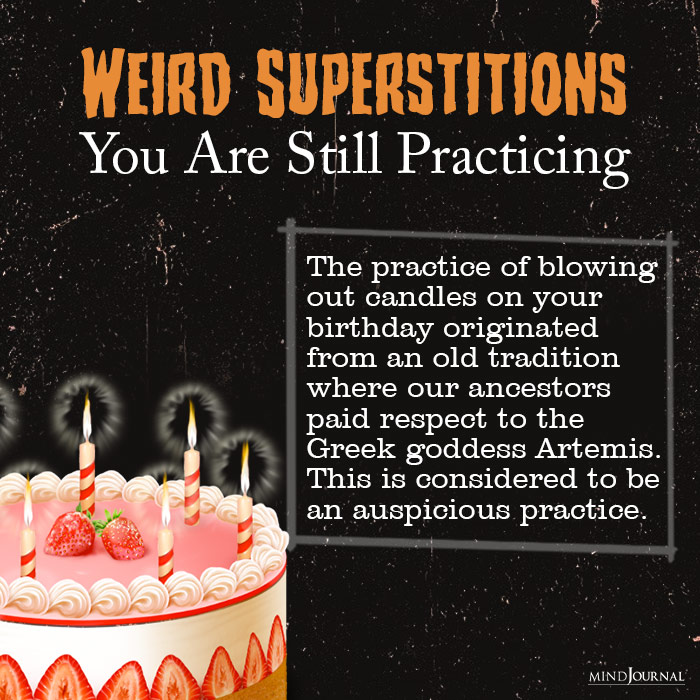
Blowing out candles on a birthday cake may be an age-long tradition in many celebrations, but it is rooted in beliefs that are as old as it is customary.
The Greeks are considered to be the original inventors of this tradition whereby round cakes were offered to Artemis (the moon goddess) with lit candles on them.
The flickering candles represented the glowing moon and blowing them out would supposedly send wishes and prayers up to heaven.
This ritual eventually caught on and has become a well-known practice with most people making a wish before putting out the flames today.
3. Christmas Decorations:
Do you want to know about the shocking Pagan origin of Christmas? The winter solstice for many ancient cultures meant the triumph of light or life over darkness or death.
Christianity acquired and accommodated various ancient practices as it spread, relating the day of Jesus Christ’s birth with the solstice.
In modern times, many homes have an adorned Christmas tree covered with lights and ornaments.
In Pagan culture, evergreen trees such as pine, spruce, fir, etc. have symbolized life, resilience, and the indomitable spirit of nature during severe winter months.
Evergreen boughs and wreaths were used to symbolize hope or the promise of renewal just as the world changed from a dark winter into spring’s forthcoming light.
Today, this custom smoothly fits into contemporary celebrations, especially during the Christmas period when evergreen trees are dressed with lights, tinsels, and ornaments.
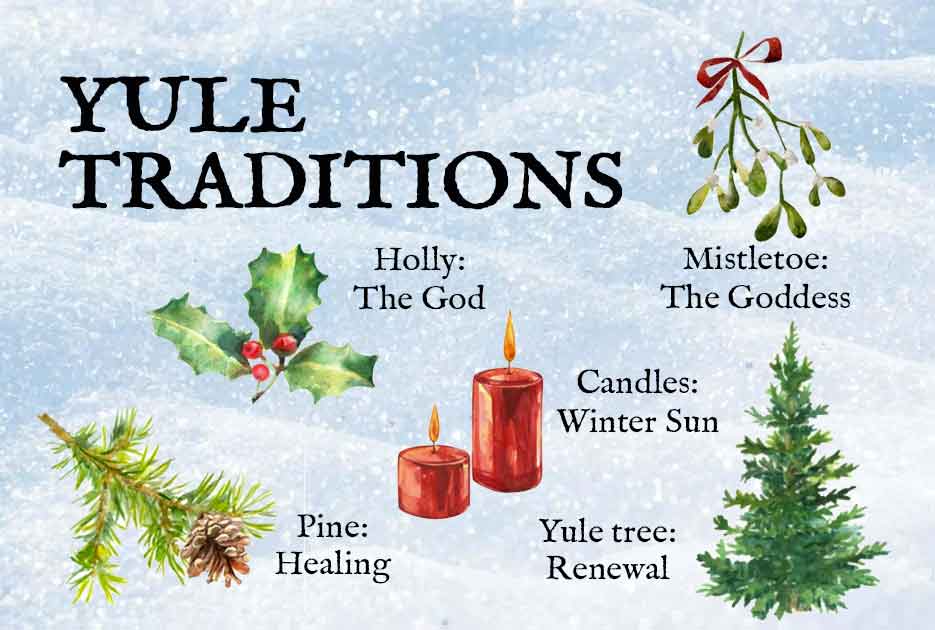
4. Gift-Giving:
The act of giving gifts is deeply rooted in human civilization and often traces back to ancient customs associated with Pagan festivals.
During December, Romans participated in the festival called Saturnalia which was fundamentally characterized by gift exchange – believed to bring prosperity among other things.
This idea is also echoed by Christian tradition as the Three Wise Men presented gifts to baby Jesus. Today gift giving extends beyond religious or cultural differences becoming an ultimate expression of love, appreciation, or celebration during various occasions.
Read 8 Pagan Holidays And Traditions To Beat Your Post-Christmas Blues
5. Celebrating Love:
On May 1st, Beltane marks the beginning of summer and it was a time for celebration, love, and fertility among the ancient Celts.
During this festival, people would dance around a maypole, which was in essence symbolic of male and female energies intertwining.
Notably, some elements of fertility symbolisms associated with Beltane find expression in contemporary times through Valentine’s Day celebrations.
Although the Christian story claims it to be St. Valentine’s Day, its ties to fertility and love continue to exist in that sense.
The exchange of flowers as practiced since the Victorian era and its emphasis on romantic acts can be seen as modern recurrences of Beltane’s celebration of love.
Read The History of Valentine’s Day: Why Is Valentine’s Day Celebrated
6. Celebrating Gratitude:
Mabon, a Pagan festival marking the autumnal equinox around September 21st, is a time of balance when day and night are of equal length.
Named after the Welsh god Mabon ap Modron, it is a celebration of the harvest and a time to give thanks for the abundance of the season.
Similar themes resonate in the American holiday of Thanksgiving, which traces its origins to a 1621 feast shared by Pilgrims and Native Americans.
Both Mabon and Thanksgiving involve expressions of gratitude for the bountiful harvest and the gifts of the Earth and are an act of gathering with loved ones.
7. Resurgence and Spring Festival:
Easter, a Christian holiday commemorating the resurrection of Jesus Christ, incorporates various customs with Pagan origins.
The Easter Bunny, a beloved symbol of fertility and new life, hails from Germanic Paganism.
Eggs, representing rebirth and renewal, were used in Pagan spring festivals long before they became an integral part of Easter celebrations.
8. The Act of Disguising:

Halloween as we know it today with costumes, trick or treating, and scary stories started out as a Celtic festival called Samhain.
According to ancient Celtic beliefs, it was on that night that the living and the dead were separated by just a thin line and so the spirits would walk around freely.
Pagans used to put on disguises to fool and avoid the malevolent spirits. Hence this tradition of wearing costumes came into being.

Read Beyond Costumes and Candy: The Spiritual Significance of Halloween
Spirituality Prevailed Before Religion Came In
Looking at our cultural practices as we move along it becomes apparent that many of them contain Pagan influences and are connected to Pagan festivals.
These long-standing spiritual customs which were observed during different epochs still play vital roles in our lives though most people do not recognize their Pagan roots.
We know that all these may seem a lot to take in, including the shocking Pagan origin of Christmas.
However, it is important to note that understanding these Pagan practices enables us to appreciate the different traditions and gives us a better understanding of how we connect as a race.
Frequently Asked Questions
What is the meaning behind Pagan rituals?
Pagan rituals are focused on celebrating the interconnectedness of all living things, fostering a sense of harmony between humanity and nature, and relying on ritualistic practices to manifest one’s desires.
Who do Pagans pray to?
Paganism identifies polytheism and acknowledges both Divine Feminine and Masculine as source energy.
What are Pagan beliefs?
Pagans believe that life is about celebration and not sin and suffering. Paganism reveres the act of procreation as a symbol of Divine Union. They worship many Gods and Goddesses and acknowledge the power of nature and one’s own intentions.
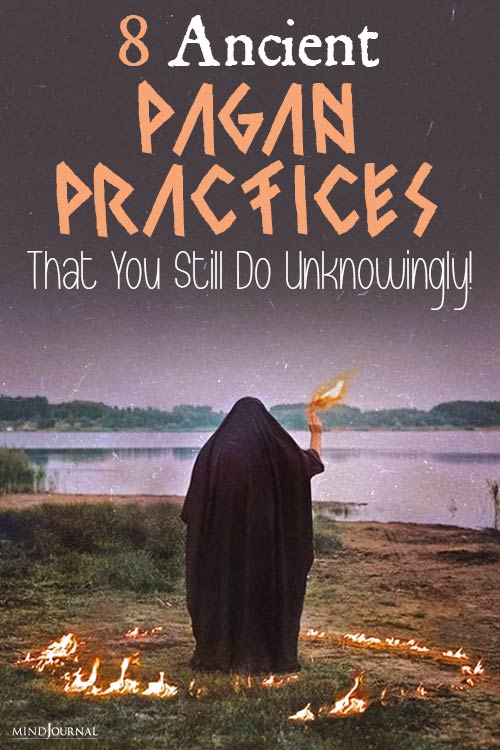

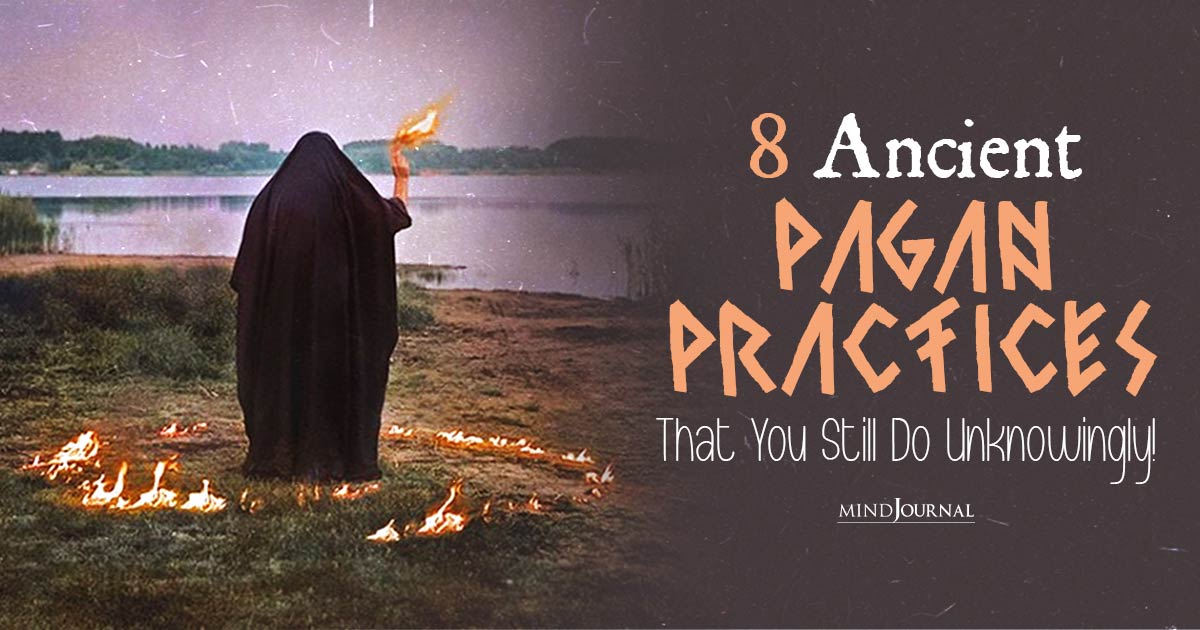

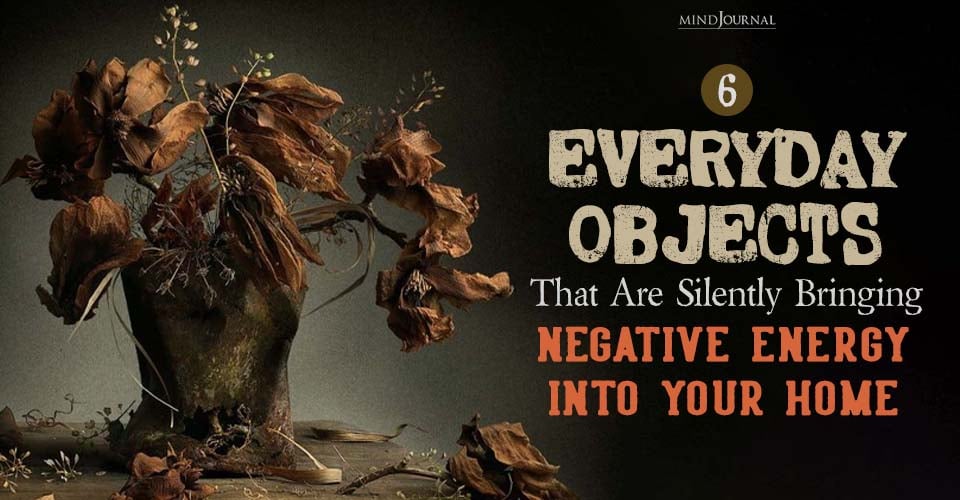

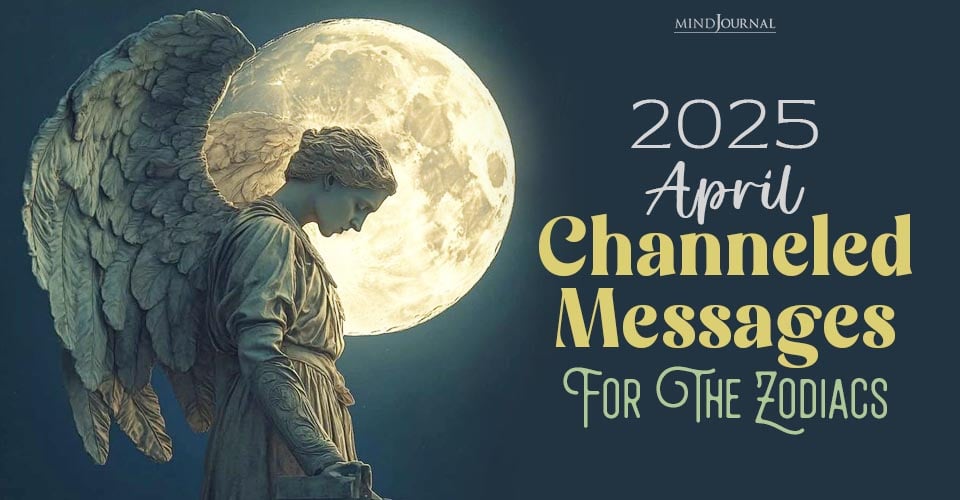

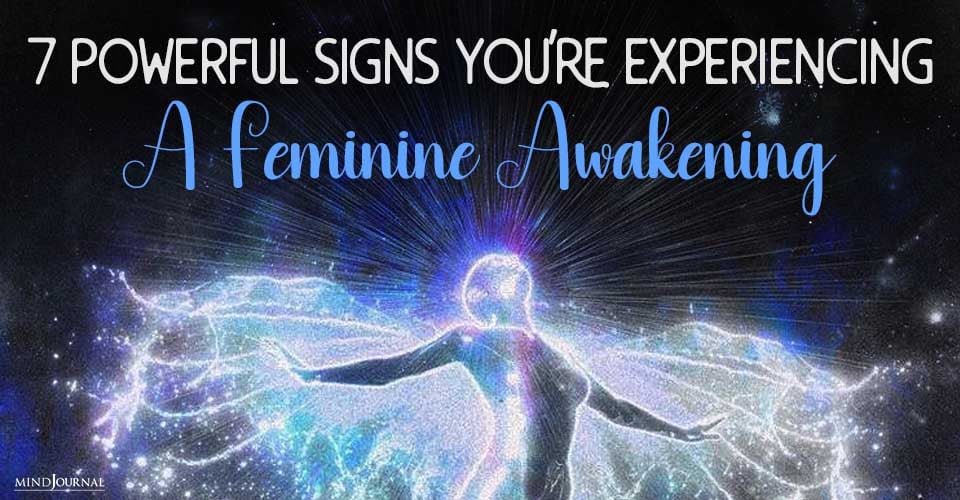
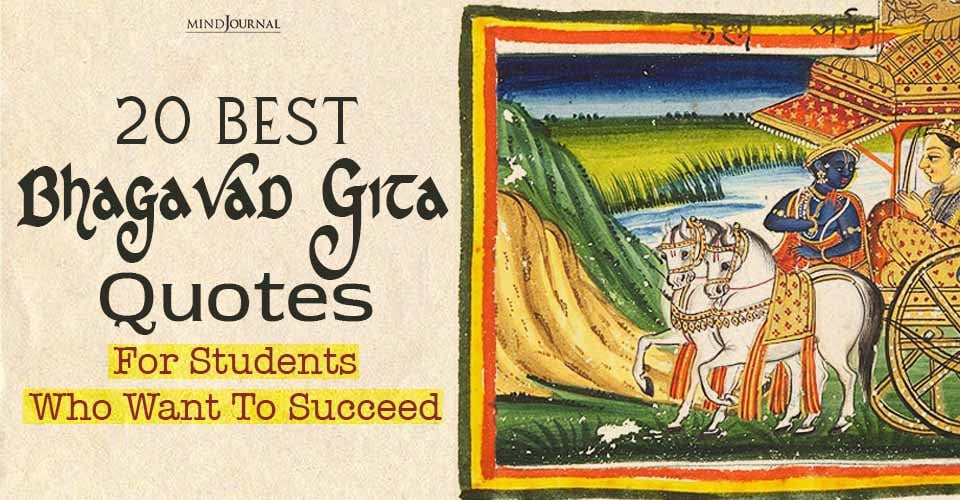
Leave a Reply